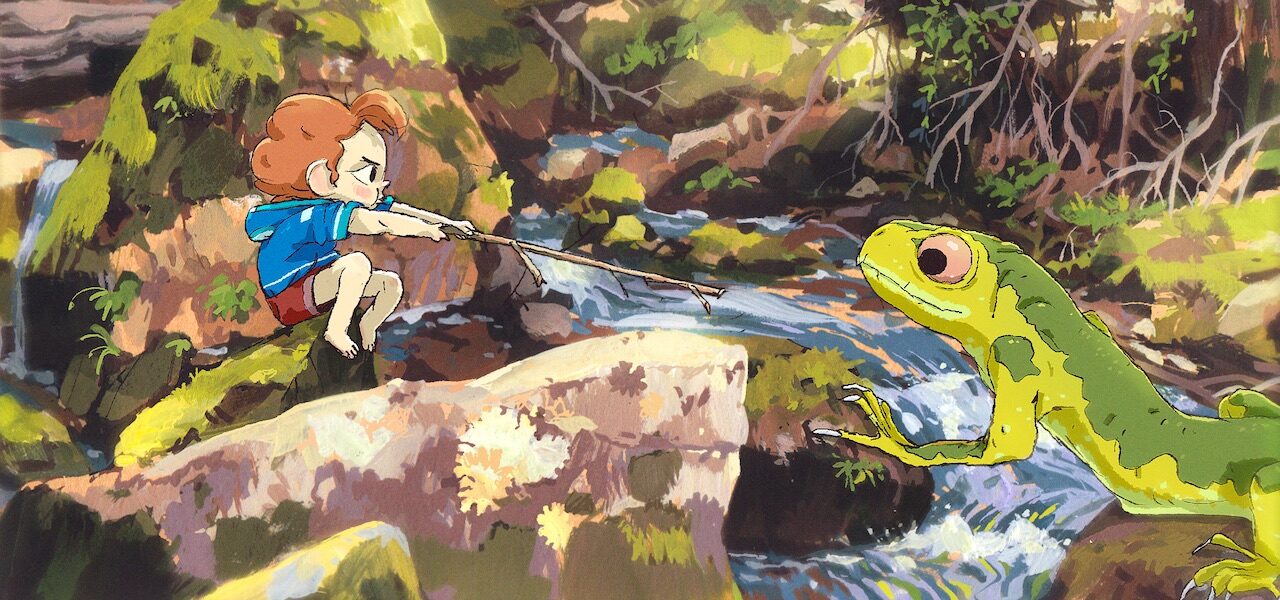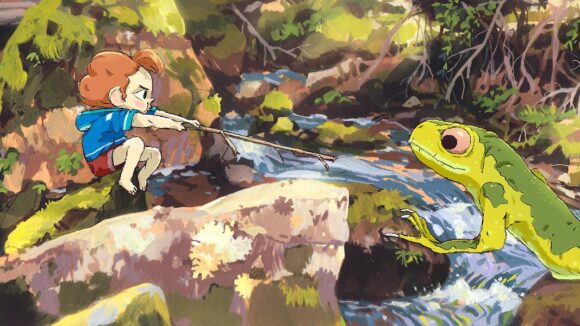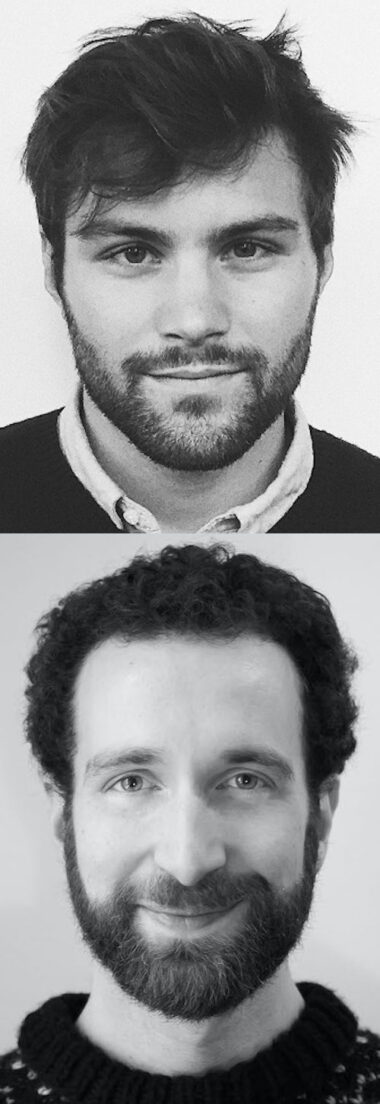

Exclusive: Annecy-Winning Special ‘Mum Is Pouring Rain’ Is Getting Two Sequels
In 2018, we premiered the teaser of a promising project from France. Mum Is Pouring Rain was a beautiful, painterly half-hour special about an eight-year-old girl sent to live in the countryside while her mother struggled with depression.
Three years later, the film is out and on a roll. After premiering on France’s Canal+ this February, it played at festivals, taking a jury award at Annecy; in December, it will be released in French theaters as part of a family-oriented program. The success has encouraged its creators to push ahead with two sequels, we can exclusively reveal.
Writer-director Hugo de Faucompret is reteaming with French production company Laïdak Films to develop two more specials, which will continue the story of the original. The plan is to release the three films together as a feature-length work. Below, Laïdak producers Ivan Zuber and Antoine Liétout tell us about the new projects: what they’re about, what stage they’re at, and why the team prefers a trilogy of specials to a series format.
Meanwhile, those working in the animation industry can currently watch Mum Is Pouring Rain, which has qualified for next year’s animated shorts Oscar, on the streaming platform The Animation Showcase — see here for more information.
Cartoon Brew: What can you say about the stories of the next two specials? Will the three specials seamlessly form one narrative, or will the feature play more like an anthology film, with three distinct chapters?

Ivan Zuber and Antoine Liétout: The feature film will not be an extended version of Mum Is Pouring Rain. The two other parts will be sequels, with separate topics but the same characters. They will work as separate pieces for tv if necessary, but the timeline will be respected throughout the three stories and there will be some continuous elements to link the three chapters together.
Like the first story, the two new ones will also tackle topics that are rarely presented to children, with the same blend of poetry, humor, and seriousness. The second chapter will be about finding a place in society and will be centered around the character of Cloclo, a sort of outcast who lives in a hut in the forest. The third and final chapter, with Granny Onion as the central element, will deal with the matter of legacy and transmission in a family’s memory.

In your last interview with us, you mentioned that you were thinking of combining MIPR and two other specials into a feature. Does that mean Hugo had already come up with the next two stories back then?
Back then, it was a very theoretical idea, because we felt that there were a lot of elements in the original story that deserved further development and time. But Hugo had no specific story in mind. As a matter of fact, he wasn’t sure at all that he would want to continue writing in the MIPR world after finishing the original film.
The deal between us producers and Hugo was always this: if there is a real reason to make something more out of these characters and this world, if new ideas and stories naturally emerge, then we’ll give it a shot. But we always agreed we wouldn’t make an opportunistic sequel based on the success of the first film.
So Hugo took his time, we talked a lot, and we finally decided, months after the first film had wrapped up, that we would eventually write two new chapters.
At what stage of development are the two specials?
We have a three-page condensed story for each film, and we plan to have a treatment before the end of November, then move on to a screenplay in early 2022. We’ve received first development financing that is going to allow us to move forward, and we’ve had a lot of talks about the stories already, so we know where we’re going.
The themes, mood, and central elements of both films are clear, and now Hugo and his co-writers (Lison d’Andréa for the first film, and possibly an additional co-writer) must build the full stories around them. We’re keeping visual development for later, so we can focus on the writing only.

At what stage are your talks with Canal+?
We have a very good relationship to Canal+ on this project, which they’ve been very supportive of since the beginning. We mentioned the idea of making two other films when it was just an idea, and they encouraged us in that direction. They have read the story elements in their current version and confirmed their strong interest in coming onboard.
Will the visual approach be the same as for MIPR? Will you work with a bigger team this time?
Yes, the visual style will be similar to the one you’ve seen in Mum Is Pouring Rain. The backgrounds will have the same Hugo de Faucompret touch, and pre-existing characters will have the same design as in the original film. This will also allow us to achieve a sense of unity in the three films and have them work fully as a feature. Hugo says he would love to try to push things even further in terms of visual atmospheres and animation.
The team will probably be a bit bigger because, for obvious financial and practical reasons, we will make both films at the same time. The first film was a financial bet, with all the financing used to create the film and no margin at all, which was a thrilling but dangerous experience. For Hugo’s sake (he finished many of the backgrounds himself) and ours, the two new films must be made more “reasonably.”
However, we really want to keep it small enough that the energy of the first film still runs through the crew. These films deal with topics that require kindness, love, open-mindedness, and we too often see films made in a working atmosphere that is very different from the values that their stories are supposed to convey. So it matters to us that the work atmosphere be respectful and kind, and that’s harder to achieve when the teams are too big.
We really wish to keep as many members as possible from the original team, and that also applies to our partners and co-producers (Dandelooo will also be joining forces with us). However, we will be looking for international co-producers and partners too, to complete the financing plan.
Watch the trailer for the original “Mum Is Pouring Rain”:
Why did you decide a feature film was the right direction to take the world of MIPR in, as opposed to, say, a series?
The idea of a series never really crossed our minds, even though we can see that this would have been the most strategic option, in financial terms.
We really wanted to choose the format that made most sense, and it feels to Hugo and us like stretching MIPR in additional series episodes would be artificial. Generally, we think that pushing stories into a specific format with no artistic justification results in weaker pieces.
Also in our case, the visual ambition of Hugo’s designs is naturally destined for movie theaters. The first film was produced with Les Films du Préau as a French distributor, and it was meant for theaters from the start.
Ivan Zuber and Antoine Liétout’s answers were sent by email. Image at top: development artwork for the sequels.

